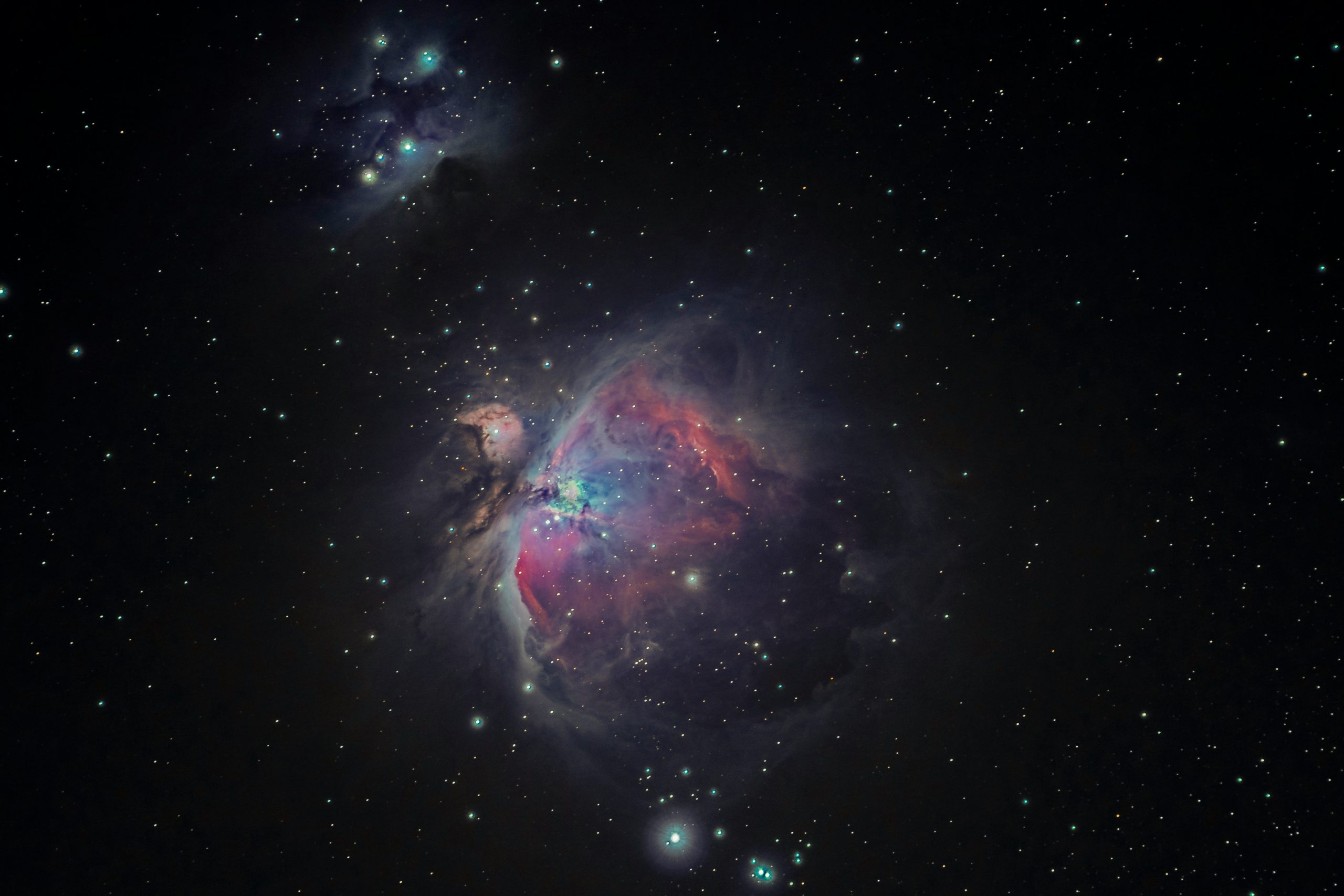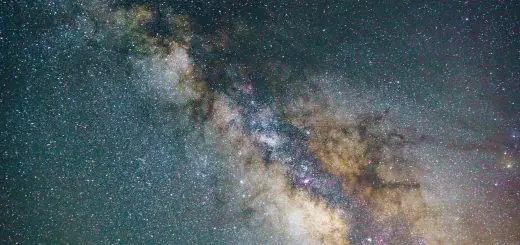How Did the Universe Begin? Exploring the Big Bang

Looking for more amazing products? Check out our online store and explore our collection here! Happy shopping!
Before diving in, please note: This post is for informational purposes only. If you’d like to know more about how we approach topics, feel free to check out our friendly Disclaimer Page.
Hey there, amazing readers! 
We’re committed to delivering quality posts, and your support (even just sticking around despite the ads) means everything to us. So, bear with us, and thanks for helping us keep the good vibes rolling. Now, on to the fun stuff!
TRANSLATE BUTTON AT THE END OF THE ARTICLE
Have you ever looked up at the night sky and wondered how it all started?
The stars, the galaxies, the vast emptiness of space—where did it all come from?
The question of the universe’s origin is one of the most profound mysteries of science, philosophy, and human curiosity.
At the heart of this exploration lies the Big Bang Theory, a groundbreaking idea that has shaped our understanding of the cosmos.
Let’s journey through the story of how the universe began, what science tells us about it, and what mysteries remain.
What Is the Big Bang Theory?
The Big Bang Theory is the leading scientific explanation for the origin of the universe.
Contrary to how it sounds, it was not an explosion in the conventional sense.
Instead, it describes a rapid expansion of space itself, starting from an incredibly hot and dense point about 13.8 billion years ago.
In the simplest terms:
The Beginning: The universe started as an infinitely small, dense singularity.
The Expansion: In a fraction of a second, it began to expand and cool, giving rise to matter, energy, space, and time.
The Result: Over billions of years, this expansion led to the formation of galaxies, stars, planets, and eventually life as we know it.
The Big Bang wasn’t just the start of everything we see—it was the beginning of space and time itself.
The Evidence for the Big Bang
So, how do we know this happened?
Scientists didn’t just make it up; there’s a treasure trove of evidence supporting the Big Bang Theory.
1. Cosmic Microwave Background Radiation (CMB)
One of the most compelling pieces of evidence is the CMB, a faint glow of radiation that fills the universe.
Discovered in 1964, the CMB is the “afterglow” of the Big Bang, like the residual heat left in a cooling oven.
It provides a snapshot of the universe just 380,000 years after its birth, revealing its infant state.
2. Hubble’s Law and the Expanding Universe
In the 1920s, astronomer Edwin Hubble made a groundbreaking discovery: galaxies are moving away from us, and the farther away they are, the faster they’re moving.
This observation led to the realization that the universe is expanding.
If we reverse this expansion, it points to a moment in time when everything was compacted into a single point.
3. Abundance of Light Elements
The Big Bang Theory accurately predicts the proportions of light elements—hydrogen, helium, and lithium—found in the universe.
These elements were formed during the first few minutes of the universe’s existence, in a process called Big Bang nucleosynthesis.
What Happened During the Big Bang?
To understand the Big Bang, let’s break down the timeline of the universe’s first moments.
1. The Planck Epoch (0 to 10^-43 seconds)
The universe was unimaginably hot and dense.
All the fundamental forces (gravity, electromagnetism, and nuclear forces) were unified.
Physics as we know it cannot yet explain what happened during this period.
2. Inflation (10^-36 to 10^-32 seconds)
The universe underwent an explosive expansion, growing exponentially in size.
Tiny quantum fluctuations were stretched, seeding the formation of galaxies.
3. The Formation of Fundamental Particles
As the universe cooled, particles like quarks, electrons, and neutrinos began to form.
Quarks combined to create protons and neutrons, the building blocks of atomic nuclei.
4. Big Bang Nucleosynthesis (First 3 minutes)
Protons and neutrons fused to form the first atomic nuclei, primarily hydrogen and helium.
The universe was still too hot for atoms to form, so it remained a glowing plasma.
5. Recombination (380,000 years)
The universe cooled enough for electrons to combine with nuclei, forming neutral atoms.
Light was finally able to travel freely, creating the Cosmic Microwave Background.
6. The Formation of Stars and Galaxies (100 million years onward)
Gravity began to pull matter together, forming the first stars and galaxies.
Heavier elements were forged in the cores of stars, setting the stage for planets and life.
What Came Before the Big Bang?
This is where things get really tricky.
The Big Bang Theory explains the evolution of the universe from its earliest moments, but it doesn’t address what, if anything, came before.
The Singularity: Some scientists theorize that the universe began as a singularity, an infinitely dense point where the laws of physics break down.
Multiverse Theories: Others suggest our universe might be one of many in a “multiverse,” with each universe having its own beginning.
Cyclic Models: There’s also the idea that the universe undergoes endless cycles of expansion and contraction, with each Big Bang marking the start of a new cycle.
Ultimately, what happened before the Big Bang remains one of the greatest unanswered questions in cosmology.
The Role of Dark Matter and Dark Energy
As we explore the universe’s origins, we encounter two mysterious components: dark matter and dark energy.
Dark Matter: Invisible and undetectable by light, dark matter makes up about 27% of the universe.
It plays a crucial role in holding galaxies together.
Dark Energy: An even greater mystery, dark energy accounts for about 68% of the universe and is responsible for its accelerating expansion.
Understanding these components is key to unlocking the full story of the universe’s birth and evolution.
The Big Bang vs. Other Theories
While the Big Bang Theory is the most widely accepted explanation, it’s not the only one.
Here are some alternative theories:
Steady State Theory: Proposes that the universe has always existed in a constant state, with new matter continuously created to fill the expanding space. (This has largely been disproven by evidence like the CMB.)
Ekpyrotic Model: Suggests the universe was created from the collision of two higher-dimensional branes.
Holographic Universe: A radical idea that our three-dimensional universe is a projection of information encoded on a two-dimensional surface.
Philosophical Implications
The Big Bang Theory isn’t just a scientific concept—it also raises profound philosophical and existential questions:
Why Did the Big Bang Happen? Was it a random event, or is there a deeper purpose?
Are We Alone? If the universe began this way, how common is life elsewhere?
What Is Our Place? Understanding the universe’s origin forces us to reflect on our role within it.
The Ongoing Search for Answers
Science continues to push the boundaries of what we know about the universe’s beginnings.
Future advancements, such as more powerful telescopes and particle accelerators, will bring us closer to understanding the Big Bang and its aftermath.
The James Webb Space Telescope is already revealing unprecedented details about the early universe.
Experiments at facilities like CERN are probing the fundamental particles and forces that shaped the cosmos.
Conclusion
The Big Bang Theory offers an awe-inspiring glimpse into the birth of the universe, taking us back nearly 14 billion years to the very beginning of space and time.
While we’ve uncovered remarkable evidence and pieced together a compelling story, many questions remain unanswered.
What lies beyond the observable universe?
What came before the Big Bang?
And could there be more to the story than we currently understand?
As we continue to explore, the universe invites us to keep wondering, keep questioning, and keep reaching for the stars.
After all, the quest to understand our cosmic origins is as infinite as the universe itself.

The Enlightenment Journey is a remarkable collection of writings authored by a distinguished group of experts in the fields of spirituality, new age, and esoteric knowledge.
This anthology features a diverse assembly of well-experienced authors who bring their profound insights and credible perspectives to the forefront.
Each contributor possesses a wealth of knowledge and wisdom, making them authorities in their respective domains.
Together, they offer readers a transformative journey into the realms of spiritual growth, self-discovery, and esoteric enlightenment.
The Enlightenment Journey is a testament to the collective expertise of these luminaries, providing readers with a rich tapestry of ideas and information to illuminate their spiritual path.
Our Diverse Expertise
While our primary focus is on spirituality and esotericism, we are equally passionate about exploring a wide range of other topics and niches 

To ensure we provide the most accurate and valuable insights, we collaborate with trusted experts in their respective domains 
Our blog originally focused on spirituality and metaphysics, but we’ve since expanded to cover a wide range of niches. Don’t worry—we continue to publish a lot of articles on spirituality! Frequently visit our blog to explore our diverse content and stay tuned for more insightful reads.
Hey there, amazing reader! 
Check out our store here and take a peek at some of our featured products below! Thanks for being awesome!











